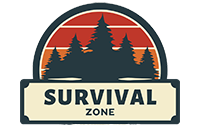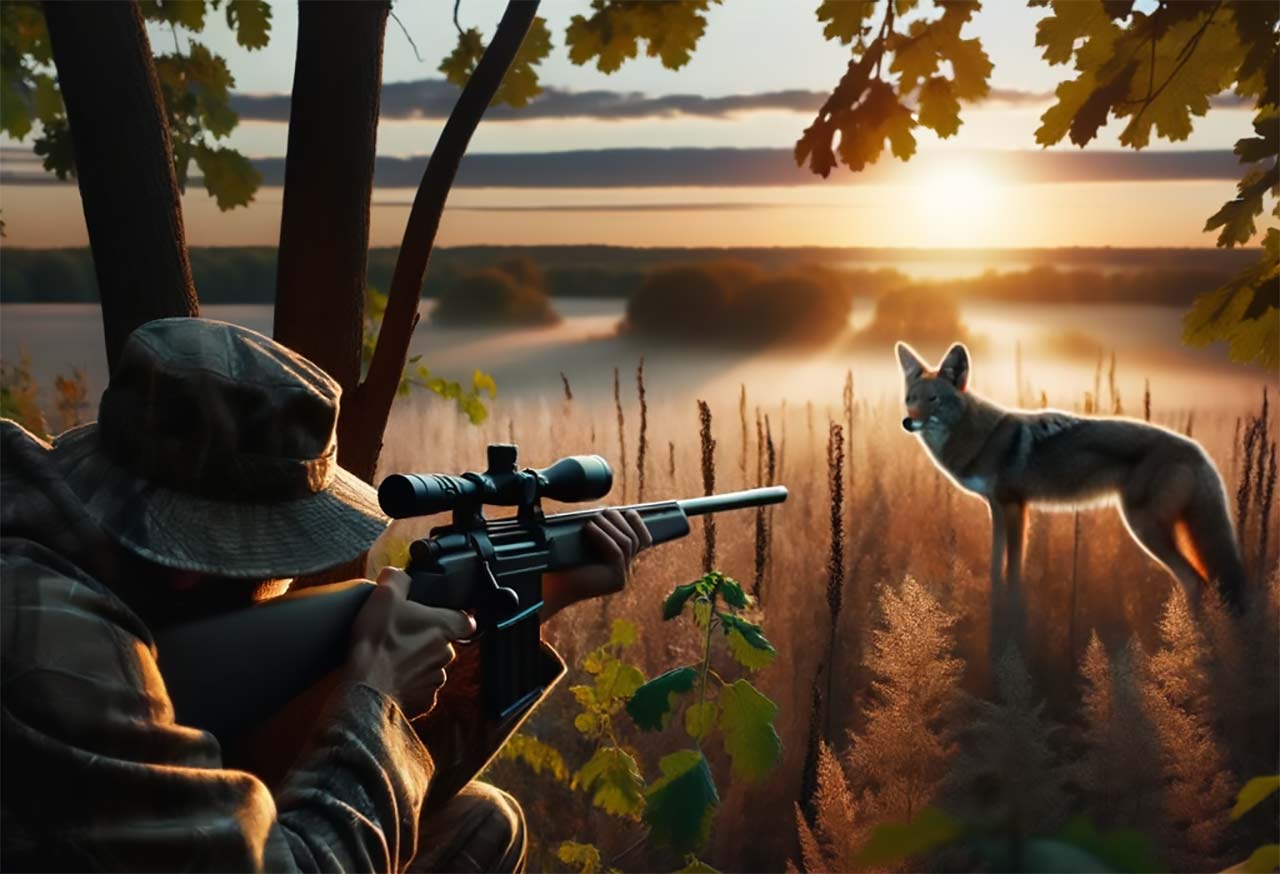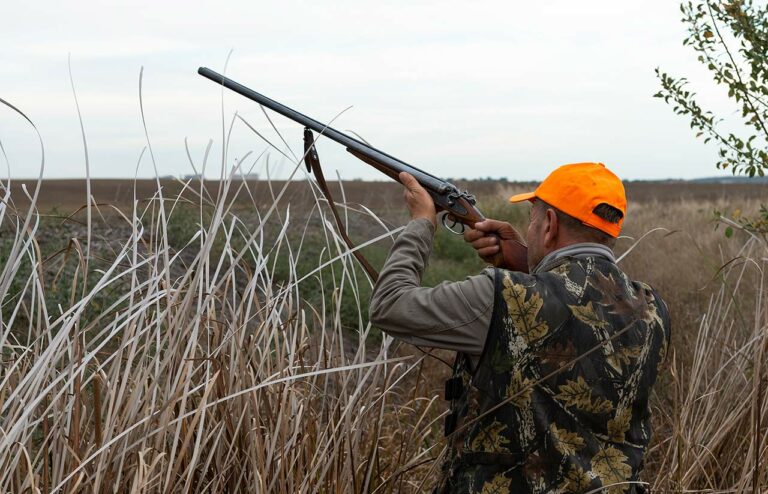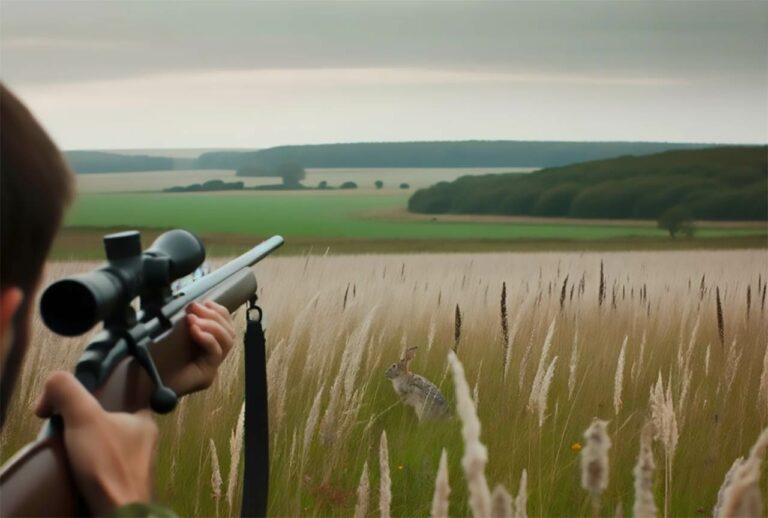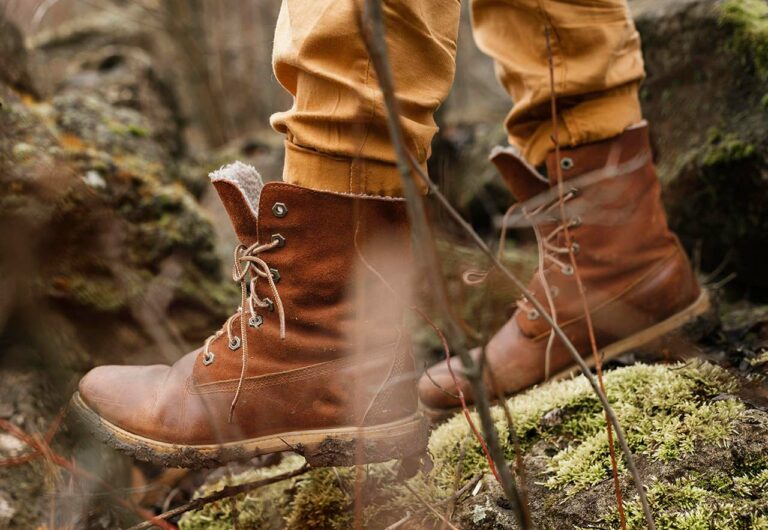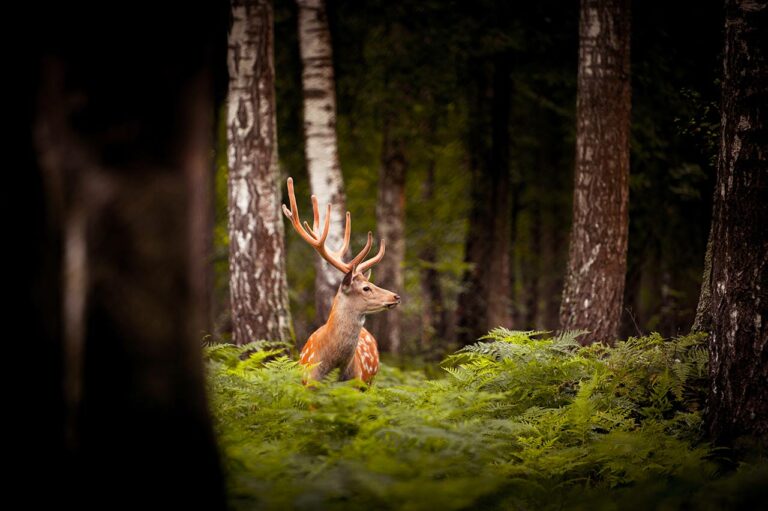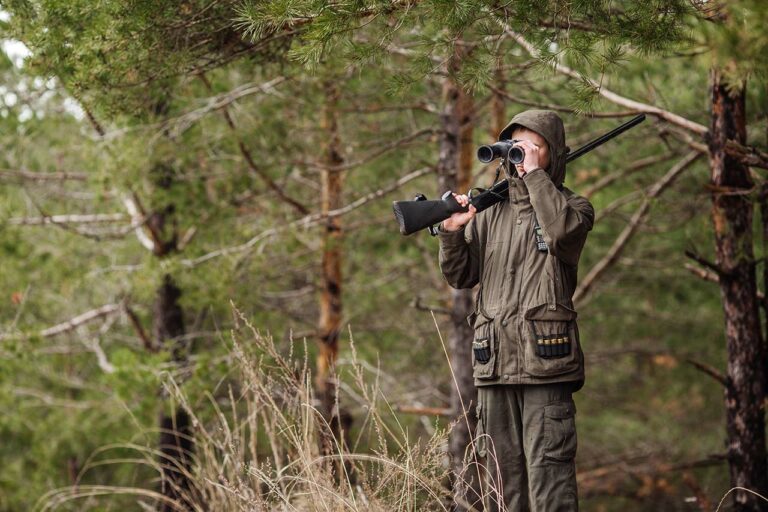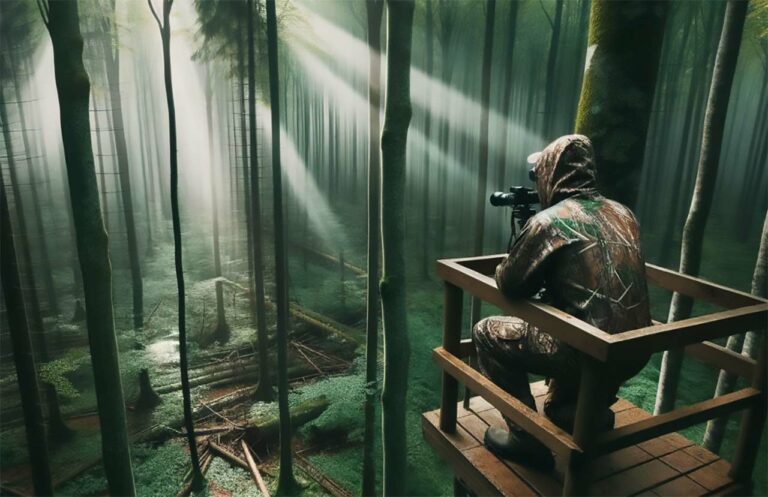Best Time To Hunt Coyotes (Expert Tips)
Coyote hunting can be an exciting and rewarding experience for hunters of all skill levels. One of the most important factors in a successful coyote hunt is choosing the right time to hit the fields and woods. With some knowledge and strategy, you can improve your odds of encountering these elusive predators during their most active periods.
The best time to hunt coyotes is typically during the winter months. Their desperation for food makes them more responsive to calls, and the lack of foliage offers better visibility. Early mornings and evenings are also ideal, as coyotes are primarily nocturnal hunters that search for prey at dawn and dusk. In places where it’s legal, night hunting can also be an effective way to catch them when they’re most active.
As you plan your next coyote hunting adventure, keep these timing tips in mind to help increase your chances of success.
Coyote Behavior for Hunters
To effectively hunt coyotes, you need to have a solid grasp of their behavior and habits. This knowledge will allow you to better anticipate their movements and successfully lure them into your hunting area.
Coyotes are primarily nocturnal animals, meaning they are most active during the nighttime hours. They often hunt in packs and communicate through various vocalizations, such as howls and yips. However, they are also known to be opportunists and may hunt individually or during the day if food is scarce or if they feel threatened.
During the spring, coyotes tend to be more territorial as they establish new dens and protect their pups. This is an ideal time for hunting, as they may respond more readily to calls that mimic a potential threat to their territory. Keep in mind that coyote dens can be found in various habitats, from forests and grasslands to urban areas, so be prepared to adapt your hunting strategy accordingly.
When it comes to identifying signs of coyote presence, look for tracks and coyote scat. Coyote tracks are similar to those of domestic dogs but tend to be more elongated and narrow. Coyote scat often contains remnants of their diet, such as fur or bones, and can help you determine their recent prey.
Understanding coyote vocals is key to getting close to them. Mimicking their calls can attract curious or defensive coyotes, so make sure you are well-versed in the various types of sounds they make. This can include territorial warnings, distress calls, and even social communication within their pack.
Preferred Hunting Seasons
When it comes to the best time of year to hunt coyotes, each season offers unique opportunities and challenges for a successful hunt.
During winter months (December, January, and February), coyote hunting is often at its prime. With the breeding season occurring in late winter, coyotes become more active and vocal. Plus, winter’s snow cover makes it easier to spot and track them. They’re also in search of food, which increases the chances of luring them with calls.
Fall (September, October, and November) also presents an excellent season for hunting coyotes. With colder weather approaching, coyotes start storing energy in the form of fat, making them hungrier and more susceptible to your calls. Plus, their pelts are in prime condition during this time, which is a bonus if you’re planning to sell or keep them.
Spring (March, April, and May) can also be a fruitful time for coyote hunting. After the breeding season, females may be easier to locate as they’re taking care of their dens. You might also come across juvenile coyotes during this period, which can be less cautious and more easily lured in with calls.
Most of the time, summer (June, July, and August) is not ideal for coyote hunting. The warmer weather conditions typically make it harder to spot and track them, and their elusive nature increases. Despite these challenges, some hunters still find success during this period, mainly in early mornings and late evenings.
Identifying Best Times of Day
Coyotes are primarily nocturnal hunters, but they do have periods of increased activity during the early morning and evening hours. In the early morning, just before dawn, coyotes are on the prowl as they search for their own food. This is a great opportunity for you to set up in an area with good cover and visibility, and be prepared to strike.
During the evening, particularly in the winter months, coyotes become more active as the temperatures drop.
Nighttime hunting can also be effective, given that coyotes are most active during the dark hours. In areas where it’s legal, night hunting allows you to catch these elusive predators when they least expect it.
While daytime hunting can prove to be a challenge, it’s not impossible. If weather conditions are ideal, such as when skies are cloudy or foggy, coyotes may be more inclined to venture out during the day, offering you a chance to capitalize on their increased activity.
Frequently Asked Questions
What is the prime season for coyote hunting?
Winter is the ideal season for hunting coyotes as they are more desperate to find food and tend to respond well to food calls. The lack of foliage in winter also makes it easier to spot them, offering a great opportunity for beginners to start their coyote hunting journey.
What hours of the day are most effective for hunting coyotes?
Dawn and dusk are the most effective hours for hunting coyotes. They are generally more active during these times, making them more likely to respond to calls and easier to spot. However, if you’re not an early bird or missed the winter season, don’t worry—there are still opportunities to hunt coyotes during other times of the day.
Is nighttime or daytime better for coyote hunting?
Both daytime and nighttime coyote hunting can be successful, but each has its own set of challenges and advantages. Daytime hunting may provide better visibility, but it might be harder to approach coyotes as they tend to be more wary. Nighttime hunting offers the element of surprise, as coyotes are less likely to see you coming. Utilizing coyote hunting lights and other night hunting equipment can enhance your nighttime hunting experience. Ultimately, it’s up to your personal preference, skill level, and the specific hunting conditions you’re working with.
